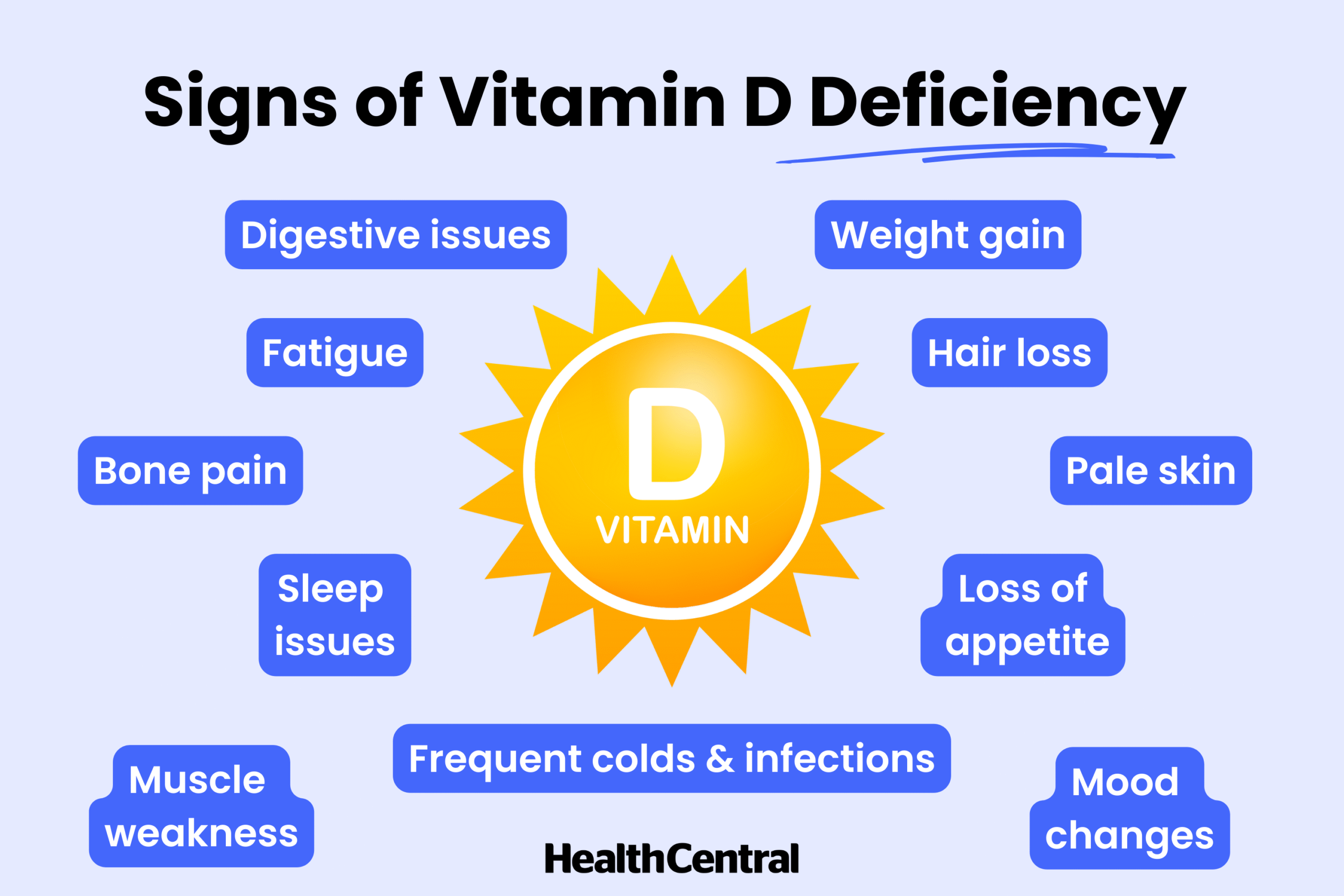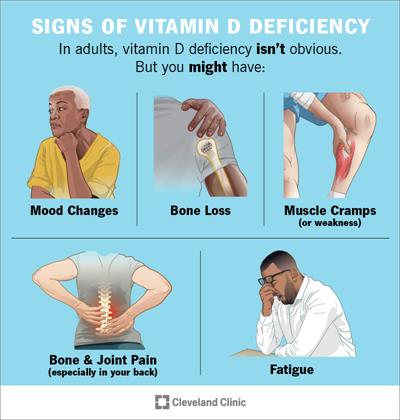“Boost Your Immunity, Bones, and Mood with More Vitamin D”

Vitamin D, often referred to as the “sunshine vitamin,” is one of the most vital yet commonly deficient nutrients in the world. Despite its importance for bone health, immune function, mood regulation, and more, millions of people—possibly even you—aren’t getting enough of it. A growing body of research, echoed by health experts globally, reveals just how widespread vitamin D deficiency has become and why this silent shortfall deserves serious attention.
What Is Vitamin D and Why Does It Matter?
Vitamin D is a fat-soluble vitamin that plays several critical roles in the body. Its most well-known function is in calcium absorption, which helps maintain strong bones and teeth. However, scientists now understand that its influence reaches far beyond the skeletal system.
According to the National Institutes of Health (NIH), vitamin D:
- Regulates immune system responses
- Supports muscle and nerve function
- Plays a role in cell growth and inflammation control
- May reduce the risk of chronic diseases such as cardiovascular disease, type 2 diabetes, and even certain cancers
Perhaps most notably in recent years, studies have shown links between vitamin D levels and COVID-19 outcomes, prompting renewed urgency in addressing deficiencies.
How Do We Get Vitamin D?
There are three main sources of vitamin D:
- Sunlight (Ultraviolet B radiation – UVB):
Your skin produces vitamin D when exposed to sunlight, making it the most efficient source. - Diet:
Few foods naturally contain vitamin D. These include:- Fatty fish (e.g., salmon, mackerel, tuna)
- Egg yolks
- Beef liver
- Fortified foods (milk, cereals, orange juice, plant-based milks)
- Supplements:
Vitamin D2 (ergocalciferol) and D3 (cholecalciferol) are available in over-the-counter formulations and are often recommended, especially in regions with limited sunlight.
Why Are So Many People Deficient?
Despite the multiple sources, vitamin D deficiency is rampant, and experts estimate that over 1 billion people worldwide have low levels.
Key factors include:
- Limited sun exposure: Urban living, indoor lifestyles, air pollution, and sunscreen use significantly reduce UVB absorption.
- Geographic location: People living in northern latitudes or places with long winters produce less vitamin D due to weak sunlight.
- Skin pigmentation: Melanin reduces the skin’s ability to synthesize vitamin D; therefore, individuals with darker skin need more sun exposure.
- Age: Older adults have thinner skin and reduced ability to convert sunlight into vitamin D.
- Obesity: Vitamin D is fat-soluble and can become trapped in fat tissues, lowering its availability in the bloodstream.
- Dietary insufficiency: The modern diet lacks sufficient vitamin D-rich foods, and not all people consume fortified products.

Symptoms of Vitamin D Deficiency
Vitamin D deficiency can be subtle and easily overlooked. Common signs include:
- Fatigue
- Bone and back pain
- Muscle weakness or cramps
- Mood changes, including depression
- Frequent infections
- Poor wound healing
- Hair loss
In children, severe deficiency causes rickets, a condition resulting in soft, weak bones. In adults, it may lead to osteomalacia and increase the risk of osteoporosis and fractures.
How Much Vitamin D Do You Really Need?
According to the Institute of Medicine (IOM), the Recommended Dietary Allowance (RDA) for most people is:
- 600 IU (International Units) per day for ages 1–70
- 800 IU per day for those over 70
- 400–600 IU for infants (0–12 months)
However, many experts argue that these levels are too low, particularly for those with risk factors. The Endocrine Society suggests daily intakes of up to 1,000–2,000 IU for at-risk individuals and up to 4,000 IU as the upper safe limit.
To determine your personal needs, a 25-hydroxyvitamin D blood test is the most accurate measure. Levels are generally interpreted as follows:
- <20 ng/mL – Deficient
- 20–30 ng/mL – Insufficient
- 30–60 ng/mL – Optimal
- >100 ng/mL – Potential toxicity
What Do the Experts Recommend?
Here’s what health professionals commonly advise:
- Get your levels tested, especially if you have symptoms or risk factors.
- Aim for safe sun exposure—about 10–30 minutes several times a week, depending on your skin tone and geography.
- Incorporate vitamin D-rich foods into your diet. Combine with healthy fats to enhance absorption.
- Consider supplementation if you live in northern climates, wear sunscreen daily, or have limited outdoor exposure.
- Be cautious with megadoses—too much vitamin D can lead to toxicity, with symptoms like nausea, vomiting, kidney damage, and high blood calcium levels.
Vitamin D and Mental Health: A New Frontier
Recent studies have explored vitamin D’s role in mental health, particularly in regulating mood and preventing depression. A growing body of research suggests that people with lower vitamin D levels are more likely to experience depressive symptoms, seasonal affective disorder (SAD), and cognitive decline.
Though the relationship is still under study, many clinicians now screen vitamin D levels in patients with chronic mood issues.
Conclusion: Don’t Overlook This Sunshine Nutrient
Vitamin D is more than a vitamin—it’s a hormone-like powerhouse that touches nearly every system in your body. With modern lifestyles limiting natural exposure and few reliable dietary sources, deficiency has become a widespread public health concern.
Whether through safe sun exposure, dietary changes, or supplements, taking proactive steps to maintain healthy vitamin D levels is a simple yet powerful way to boost your immunity, strengthen your bones, and enhance your overall well-being.
In a world increasingly spent indoors, perhaps the greatest medicine is a little more sunlight.




